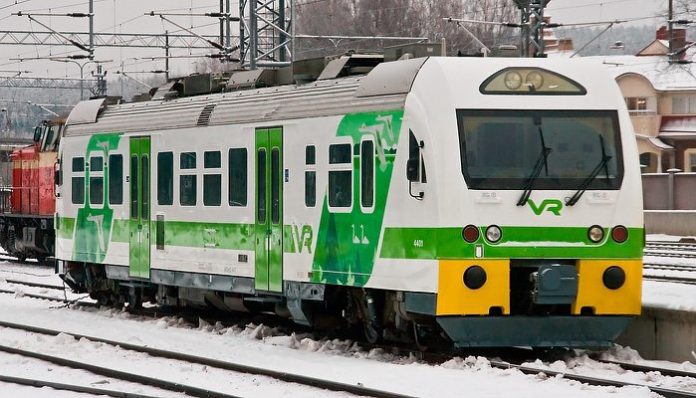Predictive maintenance improved timeliness and customer satisfaction
Finnish railway operator VR Group has implemented SAS Analytics to get predictive maintenance capabilities in order to provide punctual travel service and improve customer satisfaction.
The Finnish state-owned railway operator said it is key to use the data that the company has to find new ways to deliver better service and avoid unexpected delays. To achieve this, VR Group turned to analytics and the internet of things (IoT) to keep its fleet of 1,500 trains on the rails and provide a better service for customers.
To reduce costs and maximize uptime, VR Group wanted to move from a traditional maintenance approach that focused on replacing parts as needed. “Although we are the only service for passenger railway traffic in Finland, we are certainly competing with other means of transportation,” said Kimmo Soini, SVP for maintenance at VR Group. “We also want to ensure our competitiveness when it comes to maintenance, because maintenance costs are included in ticket prices.”
In recent years, VR Group began fitting sensors on various systems and subsystems to monitor symptoms of wear and other failures. But the sensors themselves only collect the raw data. The company said that the real benefit comes in analyzing that data, often in real time, to allow engineers to take a more appropriate responses. To add this level of intelligence to their operations, VR Group turned to SAS Analytics.
Traditionally, VR Group approached maintenance in two ways. Major systems, like wheels and bogies, were covered by scheduled maintenance. The other method was to fix things, like doors, when they broke down. These were hard to forecast and could lead to missed routes and delays affecting passenger travel plans.
VR Group developed a predictive maintenance program that focuses on monitoring the condition of parts at all times. In this program, mathematical models predict when parts are likely to fail so that they can be replaced before they cause unplanned downtime. By looking at sensor data, SAS Analytics gives VR Group a real-time overview of its fleet. The railway company’s goal is to change its maintenance approach, so eventually everything will be based on real-time monitoring.
“If a door on a train starts to open and close slower than usual, it is likely to break down within a certain time frame, and we must do something before that happens,” said Soini. “Analytics allows us to develop our repair operations around predictive maintenance.”
By looking at new and historical data, SAS Analytics helps VR Group plan the maximum interval between certain maintenance events, like turning wheels or replacing the wheel-and-axle sets on the trains.
SAS Analytics also helps VR Group identify the root causes of failures, which can increase savings and improve the reliability of the trains. Additionally, effective insight into IoT enables the railway company to minimize stock levels of spare parts and materials, keeping only what it needs on hand.
“The amount of sensor data has grown extensively, and the controlling of the data has become more targeted. Sensor data, analytics – and the automation of the two – are the technological advances we need in order to take the next step,” said Soini. “I believe that all maintenance will sooner or later be transformed by the internet of things, in all industries.

